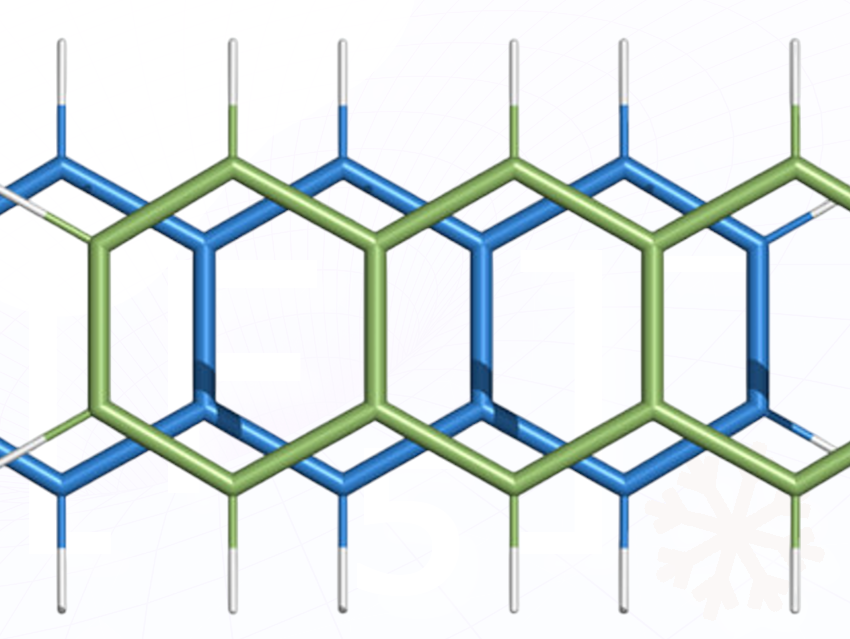Title: Rationalising Exciton Interactions in Aggregates Based on the Transition Density
Authors: Joshua Krieger, Felix Plasser
Published: 14 August 2025 in Chemistry – A European Journal
🏅 Walter Thiel Medal: Article on Awarded Research
Felix Plasser, Loughborough University, UK, has been honored with the inaugural EuChemS Walter Thiel Award in Computational and Theoretical Chemistry by the EuChemS Division of Computational and Theoretical Chemistry.
The award honors outstanding scientific contributions by young researchers from EuChemS-affiliated countries. It includes a €1,000 prize, the EuChemS Walter Thiel Medal, and an invitation to publish the award-winning research in Chemistry—A European Journal. The article presented here is such a publication.
🔬 What They Did
- They studied how molecules in solid organic materials interact, focusing on the influence of π-stacking and explaining under what circumstances their chromophores couple to form H- or J-aggregates. In the case of H-aggregates the lowest state is dark whereas it is bright for J-aggregates, altering their optical behavior.
- The researchers developed a simple, intuitive model based on the shape of the molecular transition density to predict when H- and J-aggregates are formed.
- The work examined stacked anthracene and perylene-diimide dimers (PDI) studying alternations between H- and J-aggregate behavior when the molecules were displaced relative to each other.
🔍 What They Found?
Their model explains why some molecular stacks are “bright” (J-aggregates) or “dark” (H-aggregates) and reveals oscillations in the strength and nature of the interaction between excited electronic states of two molecules (the exciton coupling) as the molecules are moved slightly relative to each other. The model works across different types of interactions, from pure energy transfer to partial charge-transfer states. The formalism is consistent with more widely used dipole models while providing crucial new insight into atom-scale interactions.
🌍 Why It Matters
This helps design molecular materials for light-based technologies like solar cells, light sources, bioimaging, and photodetectors by predicting and controlling how molecules interact in the solid state and provides practical guidelines for engineering molecular aggregates with customized optical properties.
🧩 Cool Detail
Shifting molecules by just an atom or two can flip the stack from “bright” (J-type) state to a “dark” (H-type) state or vice versa due to how their electronic clouds overlap—so a tiny change can have a big optical effect.




